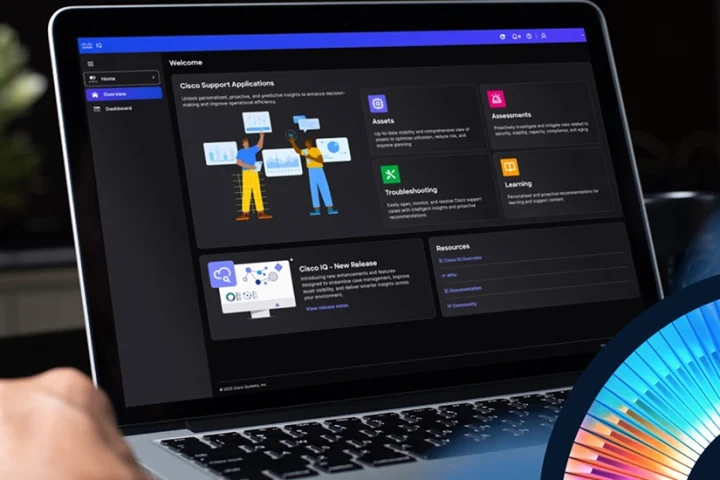2016 to Witness Unprecedented Increase in Range of Mobility Applications in the Middle East, Predicts Aruba
As we approach the end of 2015, Manish Bhardwaj, Sr. Marketing Manager, Middle East & Turkey at Aruba gives an insight into the mobility and networking trends that will shape the industry in the Middle East in 2016:
Wi-Fi Calling: iPhones already support Wi-Fi calling and 2016 will be the year that Wi-Fi calling is widely deployed. Carriers will begin building out their infrastructures globally and we’ll see broader adoption for other devices like Android. Aruba/HP’s announcement with Ericsson this year to deliver Wi-Fi and LTE solutions for customers is just one example of progress in this area.
Stadium Wi-Fi: Public venues began rolling out Wi-Fi networks and delivering new services to guests and attendees in 2015. Now that 802.11ac Wave 2 has hit the market, in 2016 we’ll see many more stadiums and arenas deploy and upgrade their networks to handle the significant device density challenges these venues face. In addition, many public venues leverage their infrastructure for mobile engagement – adding beacons and mobile apps to provide customers with navigation capabilities and premium services.
Automating the connection of mobile devices: In 2016, educational institutions will continue to expand BYOD, 1-to-1 and 1-to-many initiatives, drastically raising the number of mobile devices connecting to the network. With lean IT staffs and new curriculum that increasingly utilizes educational technology resources, schools need to be able to quickly and easily onboard these devices and provide them with secure access to the appropriate network resources. Demand for automated onboarding solutions will grow in 2016.
Migration to 802.11ac Wi-Fi intensifies and interest in Wave 2 rises: As school IT departments grapple with escalating numbers of mobile devices and apps in the classroom, they will increasingly make the move to 802.11ac wireless infrastructures to deliver the speed, security and reliability they need. And, as the focus of network design changes from providing comprehensive coverage to meeting higher capacity and device density demands, more schools will evaluate the capabilities delivered by the new 802.11ac Wave 2 wireless networking standard.
Getting ready for rich learning with multi-gigabit Ethernet: As more universities leverage online learning and testing and utilize rich media to drive up learning outcomes, they will look to the new access layer switching products that support multi-gigabit Ethernet connectivity to power these demands. In these times of contracting IT budgets, it will be critical to look for products that are able to leverage the existing twisted-pair copper cabling and are able to auto-negotiate to obtain the highest transfer rate (1, 2.5, 5, or even 10 Gbps) for connecting both today’s and future wireless access points.
Retailers Go Beyond Traditional Mobile Engagement Use Cases: As retailers continue to expand their understanding of shoppers’ mobile app preferences, some forward-thinking retailers are going far beyond the traditional use case for location-based mobile apps of pushing location-based coupons to customers. In the New Year, we will see an increasing number of retailers implement mobile engagement solutions that provide richer, more holistic experiences for shoppers by integrating location-based services with other existing systems such as pricing data, inventory management, labor management and customer loyalty programs.
Retailers Scale Mobile Engagement and Bluetooth Low Energy Beacon Deployments: The past couple of years have seen retailers and other venues conducting small beacon pilots in one or two locations. Moving forward into 2016, the availability of centralized remote management tools will enable retailers to scale these hardware deployments and turn marketing-driven proof of concept deployments into scalable, multi-location deployments that IT can easily manage.
Security for IoT: Many industries – healthcare, in particular – are already seeing an explosion of IoT devices. With this increase in the number and types of devices connected to the network, security has become a critical issue. Securing access of devices, while allowing them to communicate with the systems they need to, will be the big security challenge in 2016.




















